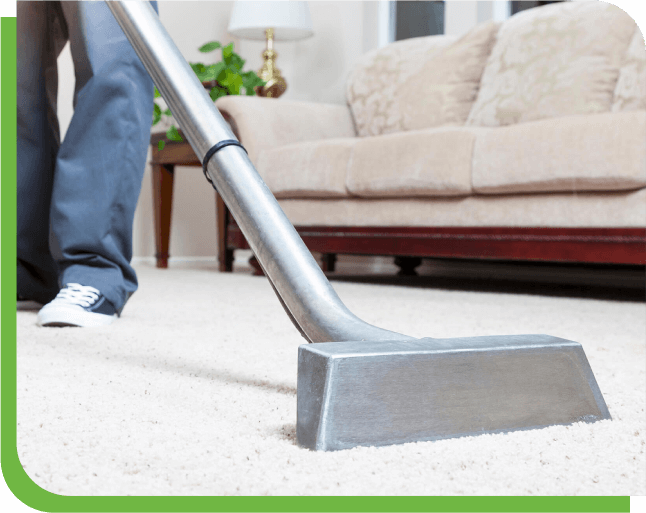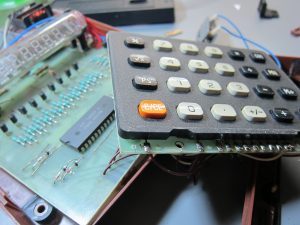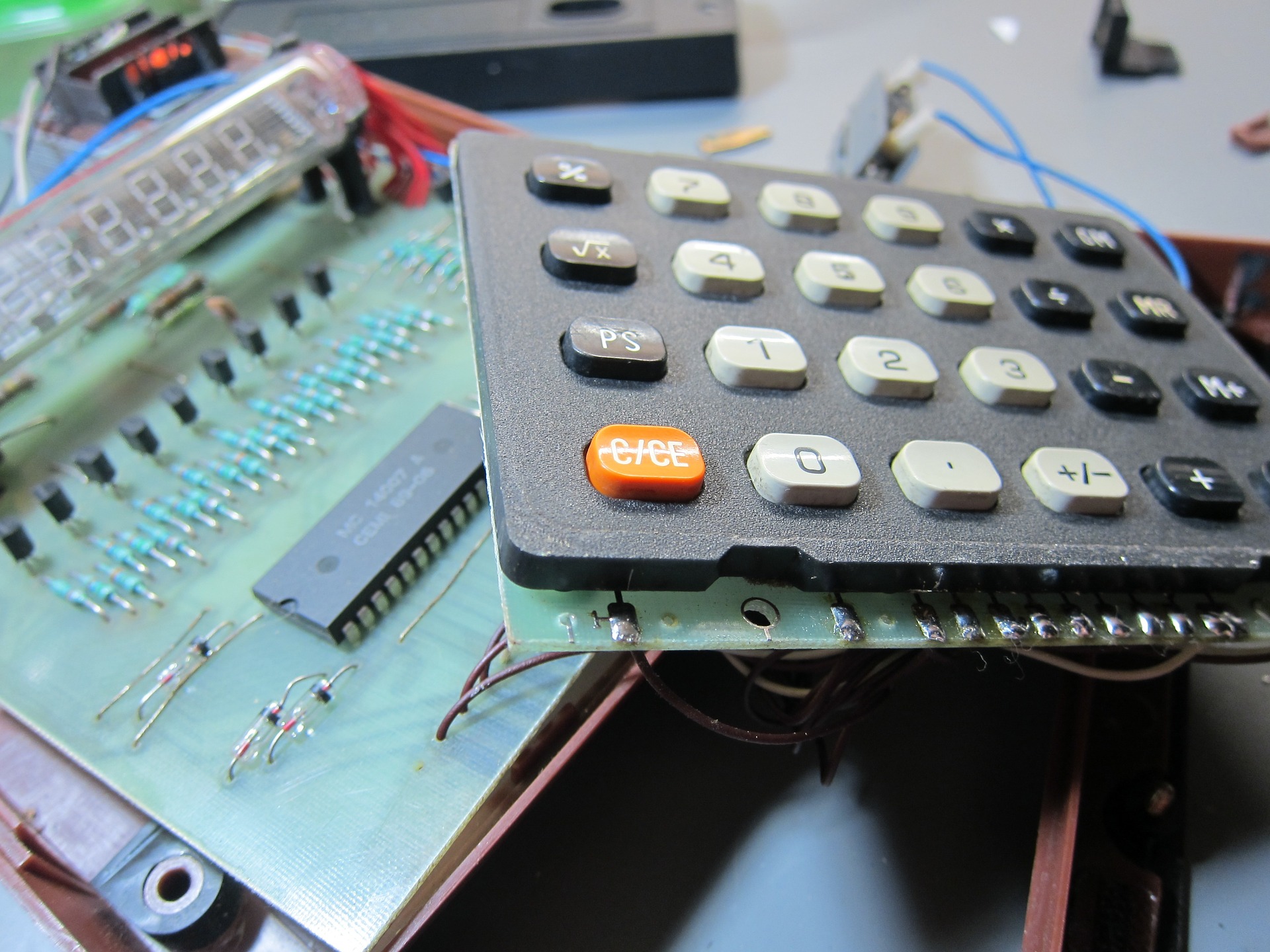Carpet Maintenance: Keep Your Floors Fresh Year-Round

Carpet Maintenance: Keep Your Floors Fresh Year-Round
Regular home cleaning helps prevent dirt buildup and extends the lifespan of your carpets. Without proper carpet maintenance, dirt, spills, and everyday wear can take a toll, making carpets look dull and worn. Let us discover practical tips and expert advice on how to keep your carpets in pristine condition all year round.
The Power of Regular Vacuuming
Vacuuming is the first step in effective carpet maintenance, preventing dirt from settling deep into fibers and preserving the carpet’s freshness.
How Often Should You Vacuum?
- High-traffic areas: At least twice a week
- Low-traffic areas: Once a week
- Homes with pets: Three to four times a week
- Allergy sufferers: Daily vacuuming recommended
Vacuuming Best Practices
- Use a HEPA-filter vacuum to trap fine dust and allergens.
- Opt for a slow and steady pace to pick up embedded dirt.
- Adjust the vacuum height setting based on carpet thickness.
- Empty or replace the vacuum bag/canister regularly.
Stain Removal: Acting Fast Matters
Spills and stains are inevitable, but quick action can prevent long-term damage.
Do’s and Don’ts of Stain Removal
Do:
- Blot the spill with a clean cloth to absorb excess liquid.
- Use cold water to rinse before applying a cleaning solution.
- Test any cleaning agent on a hidden section first.
- Use a mild dish soap solution for general stains.
Don’t:
- Rub the stain, as it pushes it deeper into the fibers.
- Use hot water on protein-based stains like blood or milk.
- Over-saturate the carpet, which can cause mold growth.
Common Stain Solutions
- Red wine: Club soda or a mixture of hydrogen peroxide and dish soap.
- Coffee: A blend of vinegar, water, and mild detergent.
- Pet accidents: Enzymatic cleaners to break down odor-causing bacteria.
Deep Cleaning: A Must for Long-Term Carpet Maintenance
Even with regular vacuuming and spot cleaning, carpets require deep cleaning to remove embedded dirt and allergens. With the right allergy prevention, even the toughest stains can be removed effectively.
Professional vs. DIY Carpet Cleaning
Professional Cleaning:
- Recommended every 12 to 18 months.
- Uses hot water extraction for deep sanitization.
- Ideal for tough stains and high-traffic areas.
DIY Cleaning:
- Rental carpet cleaners offer affordability.
- Use a carpet shampooer with the correct cleaning solution.
- Dry carpets thoroughly to prevent mold growth.
Preventative Measures: Keeping Dirt at Bay
Taking proactive steps can minimize dirt accumulation and extend carpet lifespan.
Practical Tips for Preventing Dirt Buildup
- Place doormats at every entrance to trap dirt before it reaches the carpet.
- Enforce a no-shoes policy indoors to reduce grime and bacteria.
- Rotate furniture to distribute wear evenly.
- Use area rugs in high-traffic zones for added protection.
Tackling Pet-Related Carpet Challenges
Pets bring joy but also present unique carpet maintenance challenges.
Keeping Carpets Clean with Pets
- Brush and bathe pets regularly to reduce shedding.
- Invest in a high-quality pet vacuum with strong suction power.
- Use baking soda to absorb pet odors before vacuuming.
- Clean pet stains immediately with enzyme-based cleaners.
Carpet Maintenance Checklist
Daily:
- Spot clean spills as they occur.
- Quick vacuum in high-traffic areas.
Weekly:
- Thorough vacuuming throughout the house.
- Check for and address any new stains.
Monthly:
- Fluff and rotate rugs to distribute wear.
- Deep vacuum with attachments for corners and edges.
Annually:
- Schedule professional carpet cleaning.
- Apply a carpet protector for added longevity.
FAQ: Carpet Maintenance Questions Answered
How can I make my carpet last longer?
Routine vacuuming, stain treatment, and periodic deep cleaning are essential. Additionally, minimizing direct sunlight exposure prevents fading.
What’s the best way to remove deep-set stains?
Using a combination of hydrogen peroxide and dish soap can lift stubborn stains. Let it sit for 10-15 minutes before blotting.
Can I steam clean my carpet at home?
Yes! Renting or purchasing a steam cleaner can effectively remove dirt and allergens. Ensure the carpet dries completely afterward.
How do I get rid of musty carpet odors?
Sprinkle baking soda generously over the carpet, let it sit for at least 15 minutes, then vacuum it up.
Is professional carpet cleaning worth it?
Absolutely. Professionals use high-powered equipment that cleans deeper than standard vacuums and DIY methods, prolonging carpet life.
To keep your carpets looking new, follow a consistent vacuum tips routine, you can enjoy fresh, clean, and long-lasting carpets in your home. Implementing these strategies will not only enhance your home’s aesthetics but also promote a healthier indoor environment.





